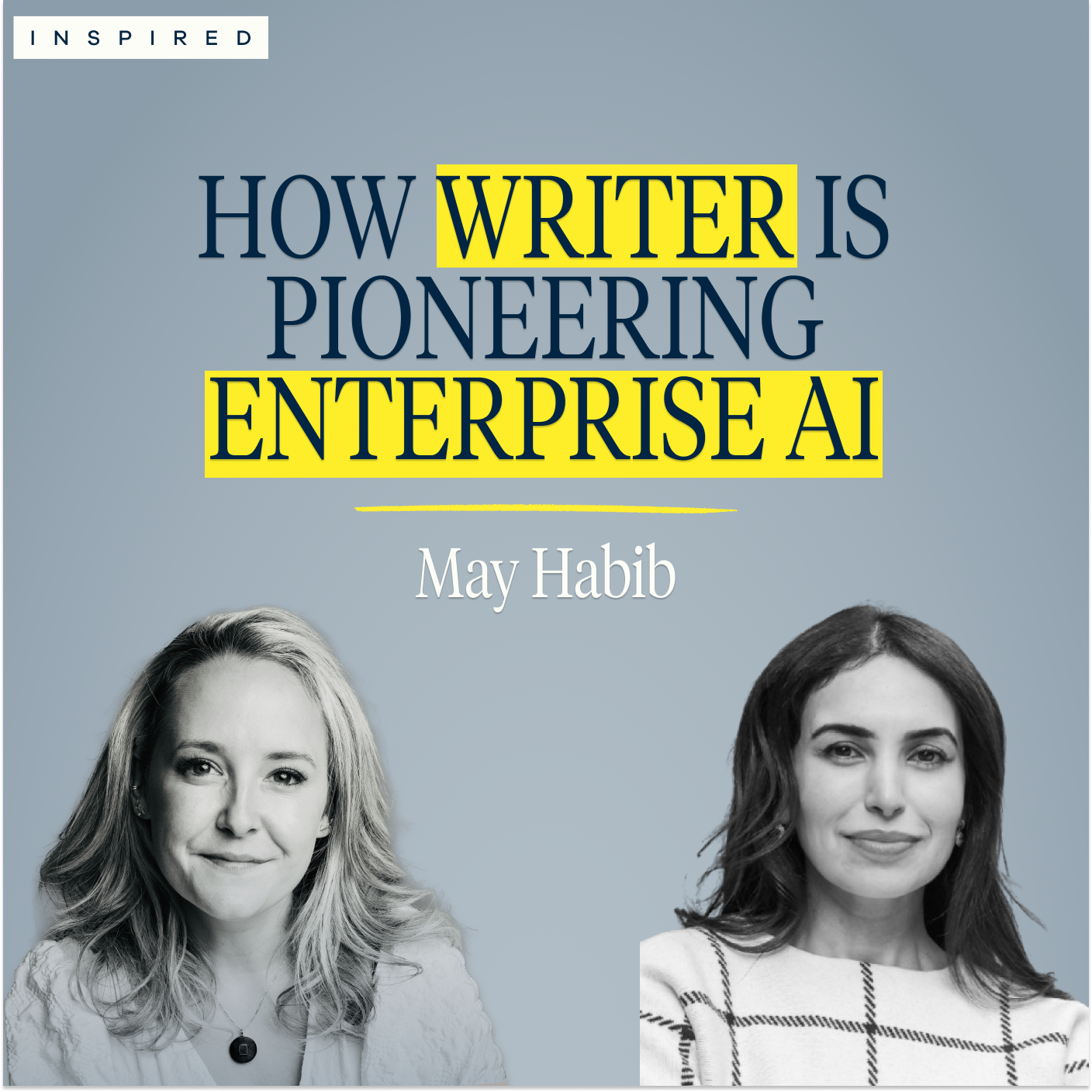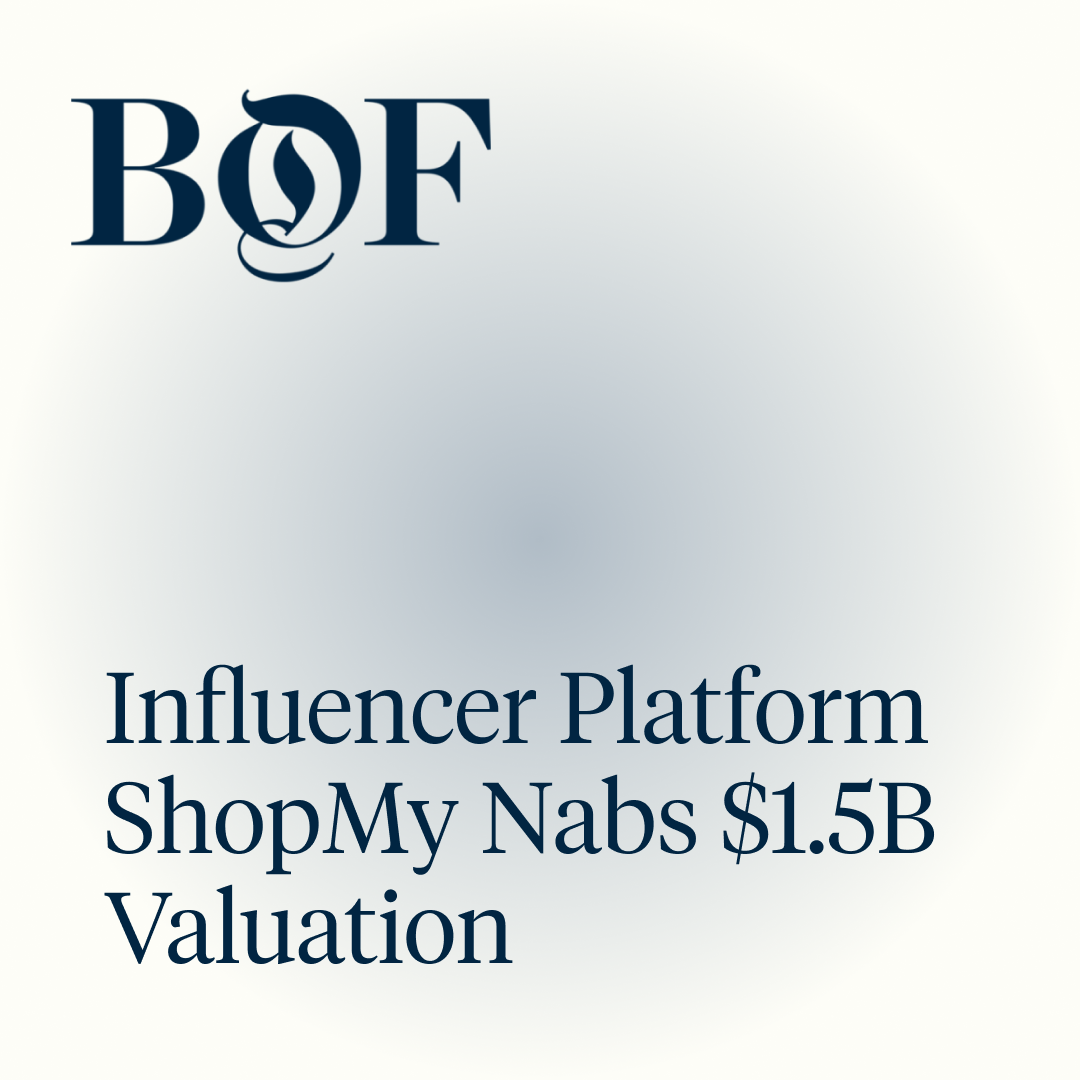
Why We Are Betting on Physical AI
The robotics revolution is here, it’s just not evenly distributed.
No items found.
October 2, 2025

There’s no single definition of AGI, but at Inspired, we believe any real version of it must move beyond our screens and succeed in the physical world too. After all, the majority of global labor that shapes our world and the collective GDPs of nations remains a physical endeavor. We believe that the opportunity for new companies to create value in the realm of physical AI is orders of magnitude greater than that in the software universe alone. We also believe that we are witnessing a perfect storm of technological, societal, and economic factors that will result in the next trillion-dollar physical AI company being started now.
Why Now
1. As a representative example of labor scarcity, over the next decade, U.S. factories will need to add millions of additional workers above and beyond what is currently projected. These current labor force challenges also don’t account for demographic realities that will soon come to roost – characteristics such as an aging population and a falling fertility rate. Automation is no longer just about cutting costs – it’s about maintaining a minimum viable capacity.
2. The past decade has taught many company leaders that supply chain resilience needs to be high on the strategic priority list. Near-shoring and the pursuit of domestic production are the primary levers most companies have to pull, and the inevitable bias towards this strategy promises to compound the need for robotic labor augmentation.
3. Commoditization of hardware + software breakthroughs = unlock moment. Hardware costs have collapsed. Sensors that once cost $75,000 now cost hundreds of dollars. Tesla projects its humanoid robot to cost $20,000 – roughly the average price of a used vehicle on Carvana. Every month, producers of off-the-shelf robotic parts announce performance milestones in capabilities like dexterity. The missing piece of the puzzle isn’t hardware – and it hasn’t been for some time. Instead, the limitation has been on the software side of things. How quickly can a robot scale to generalized intelligence – or at least multi-tasking capabilities? The answer to that question has historically been “too long.” Now, with robotic foundation models well on their way, there is hope of achieving a level of performance that crosses over into a budget-worthy line item for customers.
Where We See Opportunity
We see three categories where durable companies will be built:
• “Above the metal” software: Robotic products won’t themselves be the application layer. They will require one. Products that support tasks like teleoperation, telemetry, WMS integrations, and fleet management at scale will find mass adoption as the physical AI universe scales.
• Physical AI change management: Many service industries will find themselves painfully moving through a process of change management akin to the digital transformations of the 2000s and 2010s – but this time, it will be about incorporating the right strategy to augment their labor force with robotic automation. Hardware-agnostic platforms that solve this problem for customers will be in high demand. Our portfolio company BrightAI is currently doing this work for some of the most labor intensive industrial service categories.
• Vertically integrated producers: There will be new companies that are created in categories such as food and beverage, textiles, chemicals, and other categories historically dependent on human labor that will operate with a significantly reduced cost structure. These businesses will reimagine industries with automation potential at their core.
The Second Derivative
The wave we are about to see invites a whole set of questions we don’t know the answer to.
How are these products priced and financed? How are they managed and serviced at scale? How do human staffing models evolve to accommodate a 24-hour, 7-day-per-week robotic work schedule? How does insurance get priced to account for the adjusted risk of human and robotic labor collaborating hand-in-hand? Do we have sufficient energy supply to meet the impending demand?
In our experience, these second derivative implications are often where the most interesting opportunities lie, and if you’re currently thinking about them, we’d love to speak with you.
More Content
Podcasts

Nate Berkus on What It Takes to Become the Best at Your Craft
Podcasts

Nate Berkus on What It Takes to Become the Best at Your Craft
Podcasts



